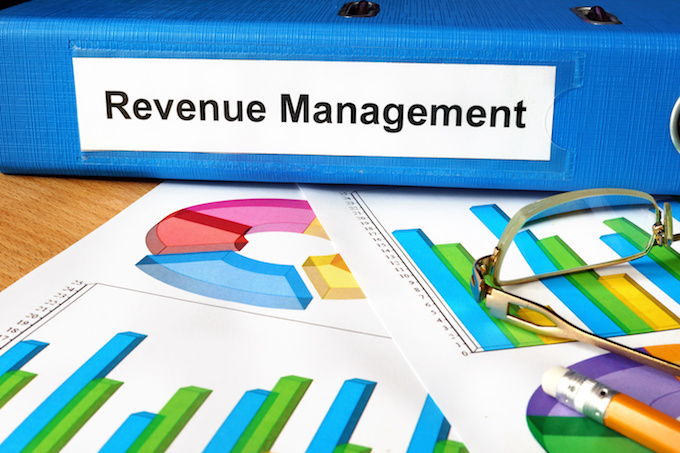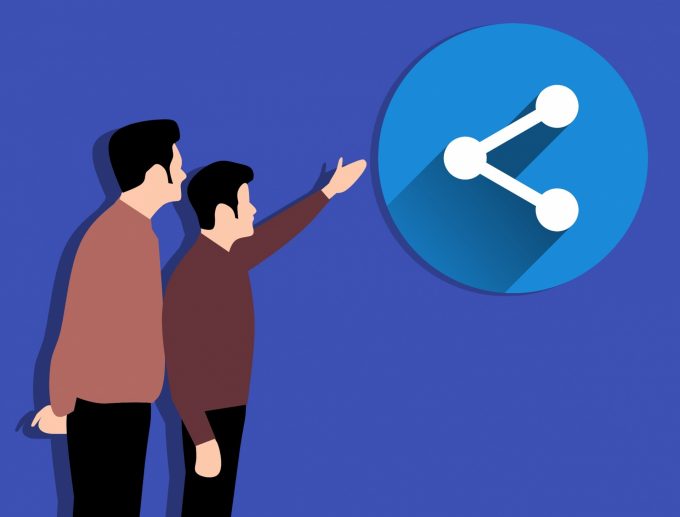
Three top tips for accom revenue management
Accommodation revenue management software has been around for more than 30 years, and yet adoption of the technology has been slow.
You may (or may not) be surprised to learn that most accommodation today is not consistently using technology and data insights to make revenue management decisions.
Considering that some accommodation providers compare price setting to doing your taxes… every single day – I would argue it’s one of the most critical elements of the business.
On any given day, a property without revenue management technology has a laborious task at hand – and one that is not aided by the instantaneous insights that technology can provide.
Think about the number of room types in any accommodation, across different days in the future, and across various channels – let alone its pricing to various demographics and origins.
It’s a time-consuming challenge to manage pricing manually. No shock then that, on average, managers spend between one and three hours per day on price setting activities.
So why has the Australian accommodation industry been so slow to embrace revenue management technology? Perhaps they’ve heard the terrifying stories from those who’ve tried before but instead of finding relief in revenue management tools, felt inundated with an overwhelming amount of data, but very few actionable insights.
However, without such revenue management tools, they miss valuable access to intelligence on competitors, market demand, and changes that occur on a daily basis – which can put the accommodation at a competitive disadvantage.
Revenue management tools are not just time savers. They create a data-led competitive edge that can make a tangible impact on a hotel’s bottom line.
But with so many tools on offer, what do you look for in revenue management solution?
1. Price Calendar: Ability to view competitive rate data up to 365 days for the hotel’s competitive set, and the capabilities to access this in real-time and refresh an unlimited number of times.
Tip: Plan ahead. Take a holistic view of your rates for the next year, and compare it at a glance with your competitive set in real time. Be sure to customise from other available insights to make the most of the metrics that are most important to you (i.e. alerts, price optimisations, market occupancy forecasts and more) and see different visualisations such as heat map views.
2. Daily Snapshot: The ability to see forecast demand, actual production and known events in different markets for a specific day.
Tip: Zero In. When there are close to 2.3 billion price and availability changes per day, or almost 20,000 changes every second, the ability to narrow in on what is the most relevant information is crucial.
Evaluate what best informs both your short and long term price setting strategy – what information would change your approach – and don’t get distracted by the less imperative.
3. Alerts: Ability to receive notifications for the most recent and relevant changes about the market and hotel upon login or via email notification.
Tip: Be informed. Stay on top of changing market conditions by customising your revenue tool alerts so that you can receive weekly emails highlighting competitive set price changes, market demand changes or price optimisation opportunities.
Jamie Griego is Director, Market Management, Australia for Expedia Group.







